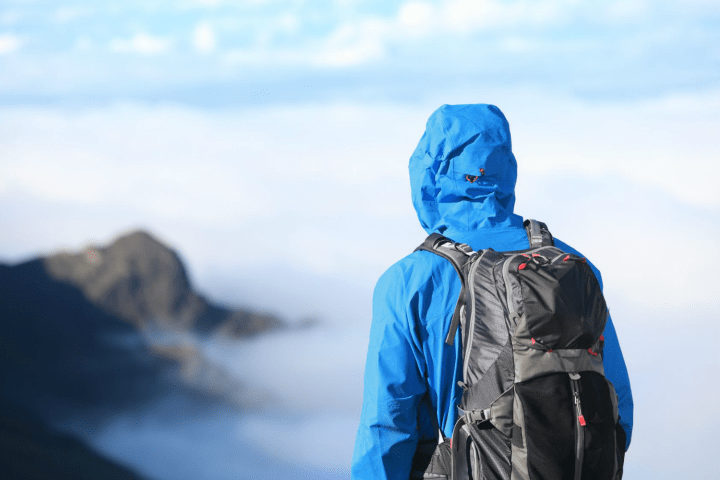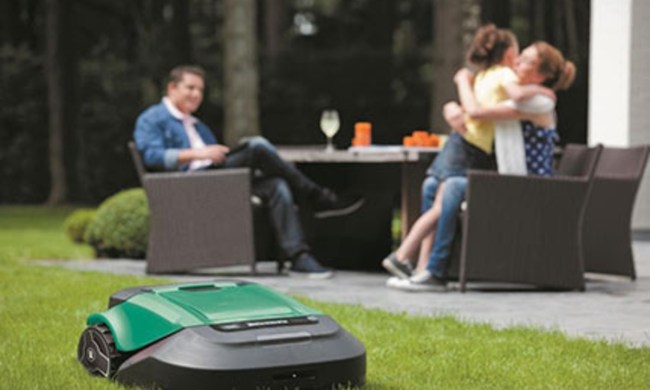
What is a hard shell?
A “hard shell” is an outer layer of waterproof — as opposed to water-resistant — clothing worn to protect yourself from heat-sapping natural phenomena like wind, falling water (in its various states), or miserable and hazardous combinations thereof.
Hard shells exist in contrast to “soft shells,” which offer light protection from mild weather in fair conditions but typically are not seam-taped and without an inner membrane or coating. Hard shells often feature fully-taped waterproof seams along with a beefy outer layer of chemically-treated nylon designed to repel water, as well as an inner coating or membrane of waterproof fabric that will help prevent precipitation from soaking through the jacket.
Hard shells are also made to withstand whatever nature can throw at you while soft shells are made for light protection in fair weather.
What is a waterproof breathable membrane?
A “waterproof breathable membrane” is a piece of fabric designed to allow sweaty perspiration to “breathe” out through the jacket as water vapor while keeping more dense liquid rain and solid snow out. The high-end “pro-sumer” shell market is led by Gore-Tex-branded products that make use of lifetime-warrantied, buy-it-once, chemically inert expanded polytetrafluoroethylene WPB membranes. Competing membrane technologies include the air-permeable eVent and NeoShell, but all of these PTFE technologies will keep the rain and snow out.
Without added pressure such as contact with the straps of a heavy pack, a product with a number at or larger than a 10,000-millimeter hydrostatic head rating — a measurement of how tall a literal column of water can be placed on a piece of fabric before water seeps through — is considered properly waterproof in moderate rain or snow, and you will be hard pressed to find any PTFE hard shell rated below that.
Instead of using a pricey, name-brand membrane to justify a high price, entry-level consumer shells often feature a proprietary “house brand” polyurethane coating as the primary waterproofing. Polyurethane coatings provide a lower cost to the consumer but have lower moisture vapor transmission rates (MVTR) under high exertion. Lower MVTR translates into reduced ability to prevent condensation on the inside of a jacket that is supposed to be keeping you dry. Moisture build up on your insulating layers can lead to hypothermia in certain situations and the wet-out mitigating, high MVTRs found in PTFE products are a major reason to consider shelling out the cash for their loftier prices.
It is important to have reasonable expectations about the so-called “breathability” advertisers mention on a product description page or hang tag of both PTFE shells and PU-coated shells. While most modern shells allow vapor transfer at a much greater rate than a trash bag or rubber coat of old, even the most expensive hard shells will leave you soaked from your own sweat if you try a hard workout in them.
How many layers?
Jacket manufacturers use different numbers of material layers on their products to create a range of shells that offer the right mix of durability, packability, and weight for your intended use. Two-layer jackets are less durable but usually lighter in weight than 2.5 or three-layer shells, and offer only an outer layer of abrasion-resistant material and an inner waterproof layer.
Most 2.5-layer products are a common middle ground offering that use a printed pattern of protective material on the inside layer to prolong the long-term weather protection of the product while keeping the bulk low and the price down.
Outdoor guides and power users who live in their shells should look to three-layer products that sandwich the WPB membrane between two layers of protective material to resist abrasion and membrane-clogging oils and sediments from both the skin of the user and the outside world.
Outer face fabrics?
The recent trend among hard shells targeting users in agile, high-mobility sports is to use a dynamic, stretch fabric instead of a traditional static nylon exterior fabric. These come in two flavors: A two-way unidirectional stretch, and a four-way “all-direction” stretch for comfortable wear for climbers and trekkers. Stretch fabrics are found more often on athletic-fit shells, and offer an increased range of motion for your appendages without using a baggier arrangement of fabrics in the shell.
Shell shoppers with durability in mind will want to pay attention to the “denier” or “ounce per square yard” weight of the fabrics, which are used to gauge the ability of the fabric to hold up to real world use. Denier is the mass in grams of 9,000 meters of a given fiber, and is often displayed as a number followed by the letter “D,” as in “90D.” Ounce per yard is the weight of a 1 x 1-yard piece of the fabric. Both metrics can be used as general indicators of the durability of a fabric when you’re choosing between products.
Bombproof hard shells like the Arc’teryx Beta SV feature a burly 80-denier nylon exterior that’s built to withstand bumps into jagged rocks and sharp ice, while the Patagonia Alpine Houdini uses a lighter 20-denier face for easy “just in case” carrying. For help comparison purposes, consider that the popular workhorse Marmot PreCip Jacket uses a 2.2 ounce per square yard fabric whereas the super packable ZPacks Challenger Ultralight Rain Jacket uses a barely-there 1.62 ounce per square yard material.
Which hard shell is right for my activity?
Have you done all the research you can stomach but still aren’t sure what sort of shell to buy? Think of the activity you are realistically going to spend most of your time doing while wearing the hard shell. If all you plan to do is wear the shell to the bleachers at a November football match, you will stay dry in any waterproof shell you put on, but may appreciate a wider fit for comfort when wearing winter layers underneath.
Are you more of a distance runner or a general minimalist in need of emergency protection? The Arc’teryx Norvan SL offers no protective face fabric, no pockets, and no pit zips, but it provides a scant 4.2 ounce of waterproof protection.
Bleeding-edge, ultralight backpackers who need material that is both light and durable should take a look at the made-to-order ZPacks Challenger Ultralight Rain Jacket, which uses an exotic three-layer construction of eVent on the inside for breathability, protective nylon on the outside, and lightweight but super strong Dyneema threads sandwiched in the middle.
If you plan on skiing or snowboarding at a resort, consider an option like the Trew Cosmic or Stella, both of which offer a helmet-compatible hood and RECCO reflective inserts that bounce signals back to a corresponding receiver and help resort staff locate you under the snow in case of an avalanche. Do you expect to see equal parts wintertime and summertime activity with your shell? You may benefit from a detachable powder skirt, which will allow you to keep fresh snow out during the colder months and shed the excess weight during the warmer parts of the year. Planning on wearing waterproof hand protection along with your jacket? Be sure the adjustable wrist cuffs on your jacket are wide enough to accommodate your gloves or mittens.




